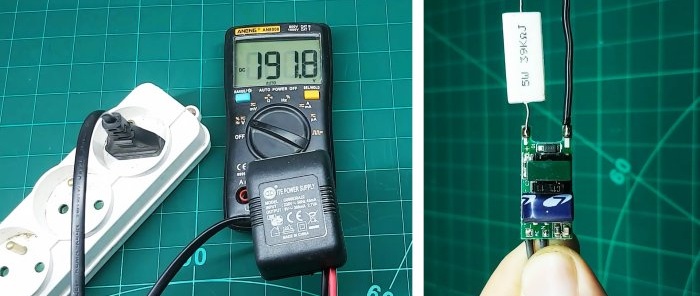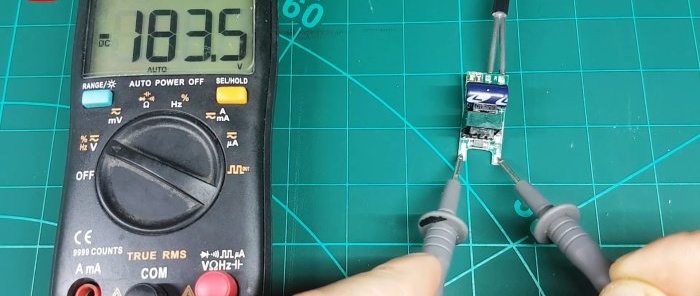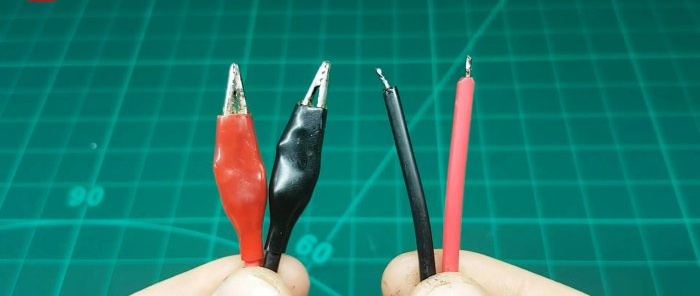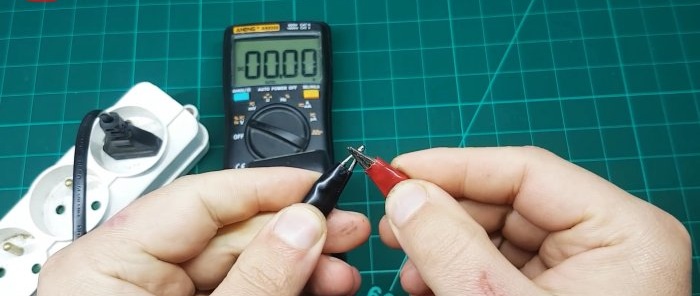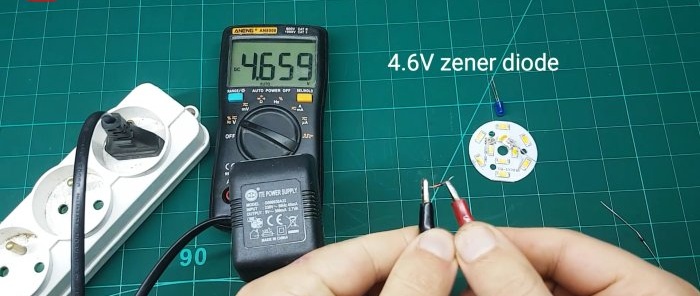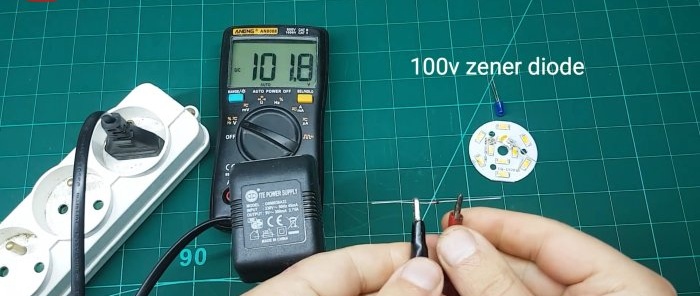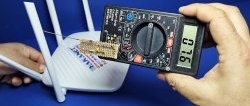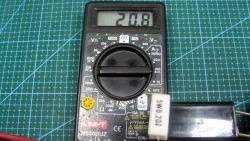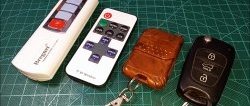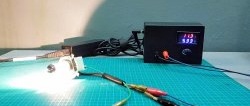This multimeter attachment is very easy to make and extremely useful in operation. Using it, you can check not only the performance of parts, but also find out the operating voltage or drop.
The device supplies high voltage to the measuring probes, thanks to which you can not only check LEDs, diodes and zener diodes, but also check the operation of the chain of LED elements, high-voltage zener diodes, neon lamps, etc. All these functions are simply not available to a conventional multimeter.
Details
- Housing for the console (old unit).
- Resistor 39 kOhm 5 W - http://alii.pub/5h6ouv
- LED lamp driver - http://alii.pub/6a5ken
- Any Chinese multimeter - http://alii.pub/62t1zq
Making an attachment for a multimeter to expand functionality
The first step is to “get” the driver. We open the LED lamp, unsolder the wires and the radiator board with LEDs. Only the driver should remain. Please note that it must have galvanic isolation via a transformer.
Solder a network cable with a plug to the driver. Multimeter We set it to constant voltage measurement mode and take measurements from the source board.
The voltage is above 180 V. We solder a resistor and a wire to the output for extension.
The body from the old unit will be used as the body of the console. Its plug fits perfectly into the connectors multimeter.
In the new case we make a slot for the outlet of the network wire. Install the driver board and secure it with hot glue. We solder the lead from the resistor to the housing plug with an extension wire. We also solder the wires with alligator clips there.
We close the case. Fix with glue.
We plug the attachment into multimeter, set it to measure constant voltage. We plug the plug of the console into the socket.
Multimeter shows the maximum possible reading - about 180 V. If you close the probe, the readings will take zero values.
The driver creates galvanic isolation between the network and the device. The 39 kOhm resistor limits the high voltage. The direct voltage coming from the probes is not as dangerous as the alternating mains voltage, but touching it with bare hands is still dangerous.
Using the set-top box
Checking diodes and zener diodes:
Examination LEDs:
